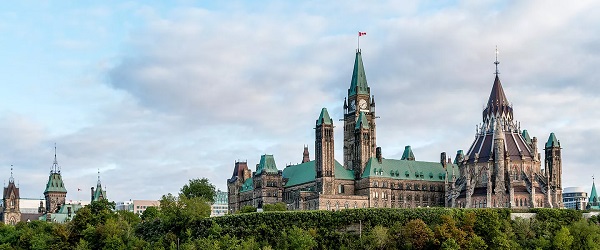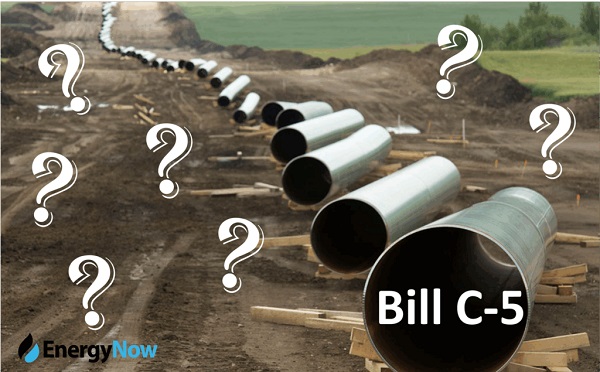Opinion
OPINION: Some Councillors made passionate pleas for raises. Did they make their case? You tell me.

The opinions expressed in this article are solely those of the writer and should not be interpreted as reflecting the editorial policy of Todayville, Inc.
The city of Red Deer just went through a sad episode in municipal politics. March 2017 the federal government announced the end of a subsidy for politicians, for January 1 2019. Til now politicians did not have to pay taxes on 1/3 of their earnings. Which could add up over time.
Rather than discuss it in advance, determine a proper way to deal with the end of a subsidy or determine a proper compensation package for the mayor and city councillors, they waited til the 11th hour, after they have been elected or re-elected, as in the majority of cases.
One councillor talked about working 10 hours a day everyday of the year, so he deserves a raise to $68,618.16 /yr. giving him an earning of $18.80 /hr for his 10 hours a day everyday. Kind of unbelievable that our councillors work 10 hours a day, everyday, with no days off, no holidays, etc.
Another councillor, said we should be grateful to have such great people on council, so grateful that we should give them raises to cover the end of their tax subsidy. Why this council brought us such events as the CFR and the Winter Games but he failed to mention other issues that became famous under his watch.
Red Deer never recovered from the last recession and is experiencing a continued downturn, while neighbouring communities continue to grow following the provincial growth rate of 4% annually.
Remember these stories:
Alberta on track to have worst air quality in Canada
Red Deer has worst pollution in province, while 4 other regions close to exceeding national standards
Alberta Environment Minister Shannon Phillips says the province is on track to have the worst air quality in Canada, and vows the government will put measures in place to reduce emissions from industry and vehicles.
“The time to act is long overdue,” Phillips said.
“We have a responsibility to do everything we can to protect the health of Albertans.”
Phillips made the remarks after seeing the results of the Canadian Ambient Air Quality Standards report, which show the Red Deer region has exceeded national standards. Four other regions — Lower Athabasca, Upper Athabasca, North Saskatchewan and South Saskatchewan — are close to exceeding national standards.
Phillips said there is no immediate health risk for people living in central Alberta.
“These results are concerning,” Phillips said in a news release. “We can’t keep going down the same path and expecting a different result. Our government has a responsibility to protect the health of Albertans by ensuring air pollution from all sources is addressed.”
The province will initiate an “action plan” to deal with poor air quality in the Red Deer area, a move she said is required under the Canadian Ambient Air Quality Standards.
Red Deer has one of the highest crime rate in the country
According to the local newspaper, The Red Deer Advocate, our fine city has some serious crime issues, compared to other major cities in Alberta. Following are sections of the story:
“Red Deer’s Crime Severity Index (CSI) is higher than Alberta’s other four major cities, recently released Statistics Canada information reveals.”
“The Crime Severity Index measures the volume and severity of crimes reported to police and is standardized, using the number 100 as the base, for the year 2006. It is calculated using all Criminal Code violations including offences like stolen vehicles, traffic and drug violations, and federal statutes”
“According to Statistics Canada, the overall CSI for 2015 for Red Deer is 182 (numbers have been rounded off).”
“This compares with Edmonton at 112, Lethbridge at 109, and Calgary and Medicine Hat both at 77. Alberta’s CSI is 102 and Canada overall is 70.”
“When looking specifically at violent crime, Statistics Canada shows that index for Red Deer up by almost 24 per cent (146 in 2015 from 118 in 2014). It had actually declined each year from 2012 to 2014, before increasing. There were no homicides in 2014. There were two in 2015.”
Red Deer’s population peaked in 2015 and declined in 2016
City council will be talking about growth and managing it. Let us look at the growth during the last mandate 2013-2017. The last census was done in 2016 and showed a decrease since 2015. (99,832 from 100,807) The decision was made to cancel the 2017 census since there was no sign of growth and you needed growth to justify the cost of the census.
Population of Red Deer in 2016 was 99,832 a increase of 2,723 or 2.8%over 97,109 in 2013. Not that great on the face of things, but looking deeper and you realize some neighbourhoods did not even fare that well.
For example;
Kentwood 2016=4,267 2013=4,280
Glendale 2016=4,288 2013=4,393
Normandeau 2016=3,530 2013=3,565
Pines 2016=1,718 2013=1,823
Highland Green 2016=3,920 2013=3,979
Oriole Park 2016=5,244 2013=5,308
Riverside Meadows 2016=3,686 2013=3,665
Fairview 2016=710 2013=770
Johnstone Park 2016=3,865 2013=3760
Total 2016=31,228 2013=31,543
Percentage of population 2016=31.3% 2013= 32.5%
Red Deer City Population 2016=99,832 2013=97,109
In case you did not know these are the neighbourhoods north of the river. So while the city grew for 3 of 4 years in the end it still grew over 4 years ago. The city shrank in total from 100,807 in 2015 to 99,832 in 2016. These neighbourhoods, except for Johnstone Park which grew by 105 and Riverside Meadows which grew by 21, shrank in size over the four years.
So I ask the incumbents to offer measures to stem the outward migration and encourage growth. Anyone? Perhaps build a north side Collicutt Centre? A high school?
The facts are there on reddeer.ca for anyone to study.
Did they make their case. Are they the saviours of Red Deer or not?
?
Business
World Economic Forum Aims to Repair Relations with Schwab
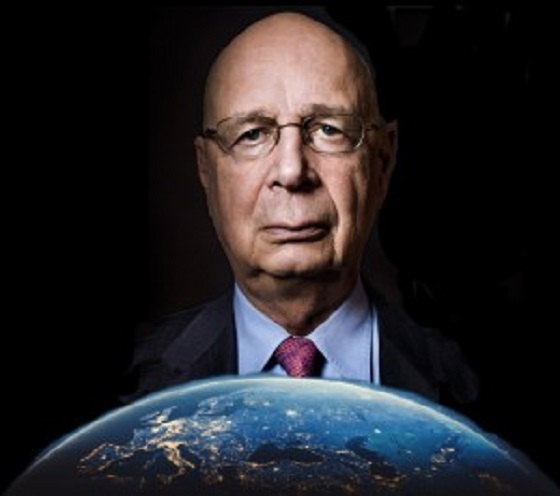
The whistleblower has always been anonymous, and it remains very suspicious that the very organization he created would turn on him after receiving an anonymous letter that they admitted may not have been credible.
World Economic Forum founder Klaus Schwab stepped down from his chairman position at the organization on April 20, 2025, amid accusations of fraud. Our computer had forecast that the WEF would enter a declining trend with the 2024 ECM turning point. This staged coup happened about 37 years after the first Davos meeting (8.6 x 4.3). From our model’s perspective, this was right on time. Now, Schwab and the WEF are working to repair ties.
An anonymous whistleblower claimed that Klaus Schwab and his wife collaborated with USAID to steal tens of millions in funding. The whistleblower has always been anonymous, and it remains very suspicious that the very organization he created would turn on him after receiving an anonymous letter that they admitted may not have been credible. Something like this would never be acceptable in any court of law, especially if it’s anonymous. It would be the worst or the worst hearsay, where you cannot even point to who made the allegation.
Back in April, the WEF said its board unanimously supported the decision to initiate an independent investigation “following a whistleblower letter containing allegations against former Chairman Klaus Schwab. This decision was made after consultation with external legal counsel.”
Now, the WEF is attempting to repair its relationship with its founder ahead of the next Davos meeting. Bloomberg reported that the WEF would like to “normalize their relationship [with Klaus Schwab] in order to safeguard the forum and the legacy of the founder.”
Peter Brabeck-Letmathe has replaced Schwab for the time being, but is less of a commanding force. Schwab’s sudden departure has caused instability in the organization and its ongoing mission. Board members are concerned that support for the organization will begin to decline as this situation remains unresolved.
The World Economic Forum’s annual revenue in 2024 was 440 million francs ($543 million), with the majority of proceeds coming from member companies and fees. Yet, the number of people registered to attend the 2025 Davos event is on par if not slightly exceeding the number of participants from the year prior.
Schwab’s departure has damaged the Davos brand. There is a possibility that the organization is attempted to rebrand after Agenda 2030 failed. The WEF attempted to move away from its zero tolerance stance on ESG initiatives after they became widely unpopular among the big industry players and shifting governments. The brand has attempted to integrate the importance of digital transformation and AI to remain relevant as the tech gurus grow in power and popularity. Those who are familiar with Klaus Schwab know the phrase, “You will own nothing and be happy.” These words have been widely unpopular and caused a type of sinister chaos to surround the brand that was once respected as the high-brow institution of globalist elites.
European Central Bank President Christine Lagarde was slated to replace Schwab in 2027 when her term ends, and all reports claimed that he was prepared to remain in the chairman role for an additional two years to ensure Lagarde could take his place. What changed seemingly overnight that would cause the organization to discard Schwab before he was due to retire?
Schwab denies any misconduct and filed lawsuits against the whistleblowers, calling the accusations “calumnious” and “unfounded.” He believes “character assassination” was the premise of the claims.
I am no fan of Klaus Schwab, as everyone knows. I disagree with his theories from start to finish. Nevertheless, something doesn’t smell right here. This appears to be an internal coup, perhaps to distract attention from the question of alleged funds for the WEF from USAID, or to try to salvage the failed Agenda 2030. Perhaps they will claim that no misconduct had occurred since DOGE did not raise concerns or there is a possibility that those behind the internal coup are concerned that Schwab’s counter lawsuit could uncover new corruption. The investigation into Schwab has not concluded, but after only three months, the WEF would like to wrap it up. It appears that the WEF does not want to welcome Schwab back; rather, they would like to ensure an amicable resolution to maintain both the brand’s reputation as well as the founder’s.
Business
A new federal bureaucracy will not deliver the affordable housing Canadians need

Governments are not real estate developers, and Canada should take note of the failure of New Zealand’s cancelled program, highlights a new MEI publication.
“The prospect of new homes is great, but execution is what matters,” says Renaud Brossard, vice president of Communications at the MEI and contributor to the report. “New Zealand’s government also thought more government intervention was the solution, but after seven years, its project had little to show for it.”
During the federal election, Prime Minister Mark Carney promised to establish a new Crown corporation, Build Canada Homes, to act as a developer of affordable housing. His plan includes $25 billion to finance prefabricated homes and an additional $10 billion in low-cost financing for developers building affordable homes.
This idea is not novel. In 2018, the New Zealand government launched the KiwiBuild program to address a lack of affordable housing. Starting with a budget of $1.7 billion, the project aimed to build 100,000 affordable homes by 2028.
In its first year, KiwiBuild successfully completed 49 units, a far cry from the 1,000-home target for that year. Experts estimated that at its initial rate, it would take the government 436 years to reach the 100,000-home target.
By the end of 2024, just 2,389 homes had been built. The program, which was abandoned in October 2024, has achieved barely 3 per cent of its goal, when including units still under construction.
One obstacle for KiwiBuild was how its target was set. The 100,000-home objective was developed with no rigorous process and no consideration for the availability of construction labour, leading to an overestimation of the program’s capabilities.
“What New Zealand’s government-backed home-building program shows is that building homes simply isn’t the government’s expertise,” said Mr. Brossard. “Once again, the source of the problem isn’t too little government intervention; it’s too much.”
According to the Canadian Mortgage and Housing Corporation, Canada needs an additional 4.8 million homes to restore affordability levels. This would entail building between 430,000 to 480,000 new units annually. Figures on Canada’s housing starts show that we are currently not on track to meet this goal.
The MEI points to high development charges and long permitting delays as key impediments to accelerating the pace of construction.
Between 2020 and 2022 alone, development charges rose by 33 per cent across Canada. In Toronto, these charges now account for more than 25 per cent of the total cost of a home.
Canada also ranks well behind most OECD countries on the time it takes to obtain a construction permit.
“KiwiBuild shows us the limitations of a government-led approach,” said Mr. Brossard. “Instead of creating a whole new bureaucracy, the government should focus on creating a regulatory environment that allows developers to build the housing Canadians need.”
The MEI viewpoint is available here.
* * *
The MEI is an independent public policy think tank with offices in Montreal, Ottawa, and Calgary. Through its publications, media appearances, and advisory services to policymakers, the MEI stimulates public policy debate and reforms based on sound economics and entrepreneurship.
-
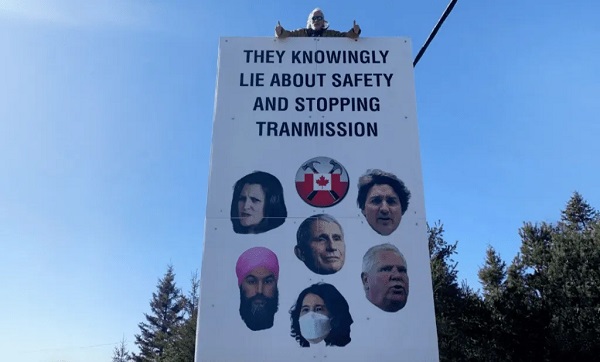
 COVID-192 days ago
COVID-192 days agoOntario man launches new challenge against province’s latest attempt to ban free expression on roadside billboards
-

 Energy2 days ago
Energy2 days agoThis Canada Day, Celebrate Energy Renewal
-

 COVID-1915 hours ago
COVID-1915 hours agoNew Peer-Reviewed Study Affirms COVID Vaccines Reduce Fertility
-
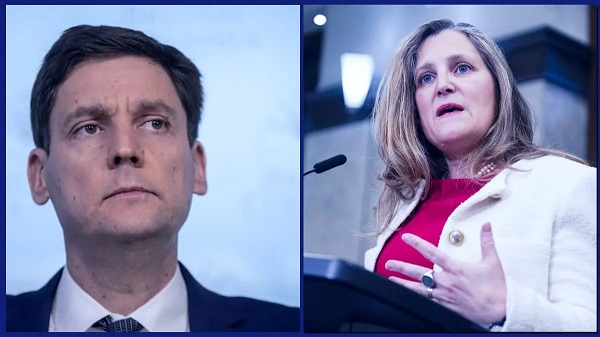
 Business11 hours ago
Business11 hours agoOttawa Funded the China Ferry Deal—Then Pretended to Oppose It
-
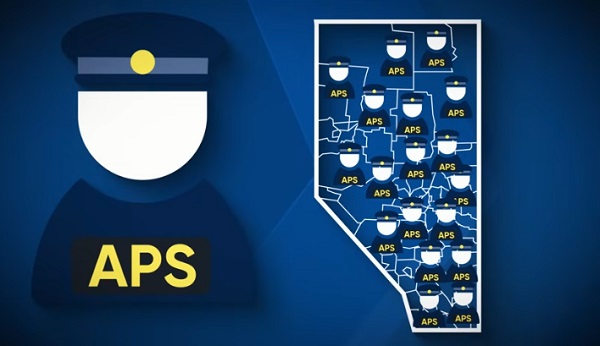
 Alberta1 day ago
Alberta1 day agoAlberta Next Takes A Look At Alberta Provincial Police Force
-
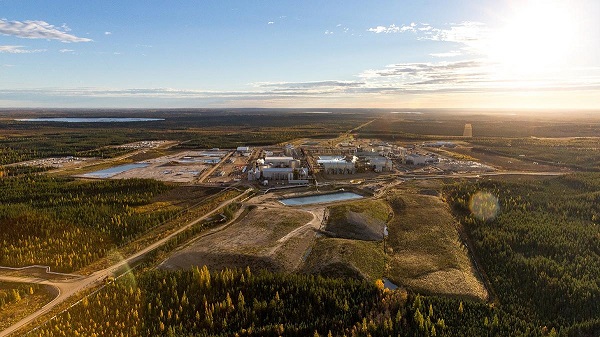
 Alberta2 days ago
Alberta2 days agoCanadian Oil Sands Production Expected to Reach All-time Highs this Year Despite Lower Oil Prices
-

 MAiD13 hours ago
MAiD13 hours agoCanada’s euthanasia regime is not health care, but a death machine for the unwanted
-
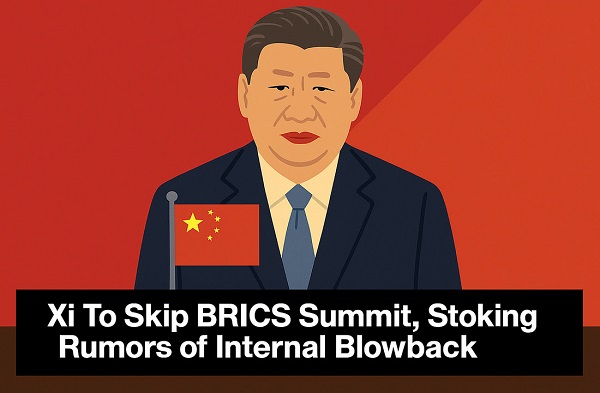
 International2 days ago
International2 days agoPresident Xi Skips Key Summit, Adding Fuel to Ebbing Power Theories









